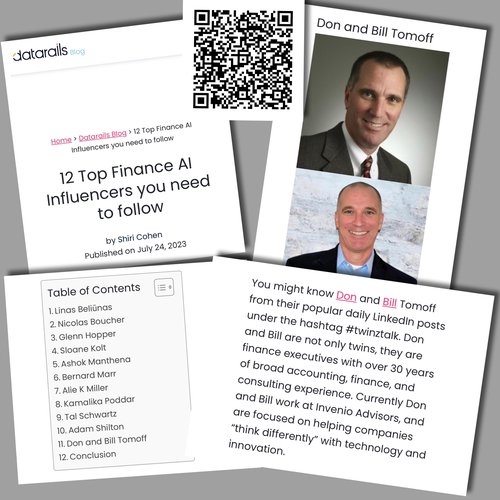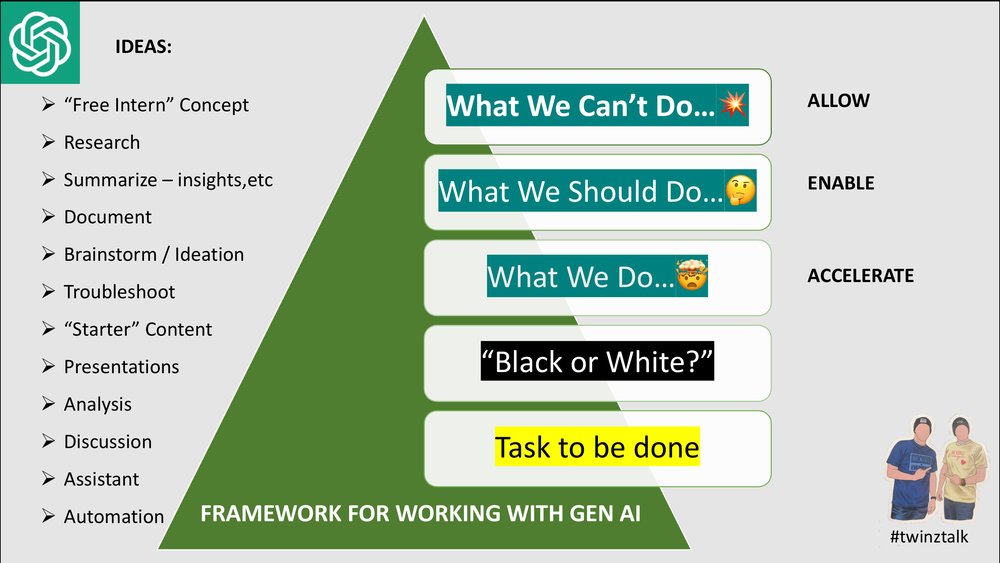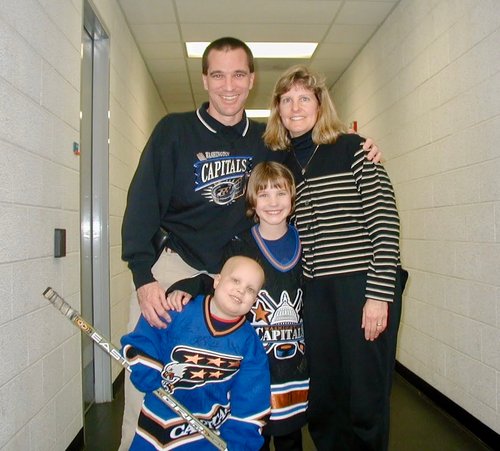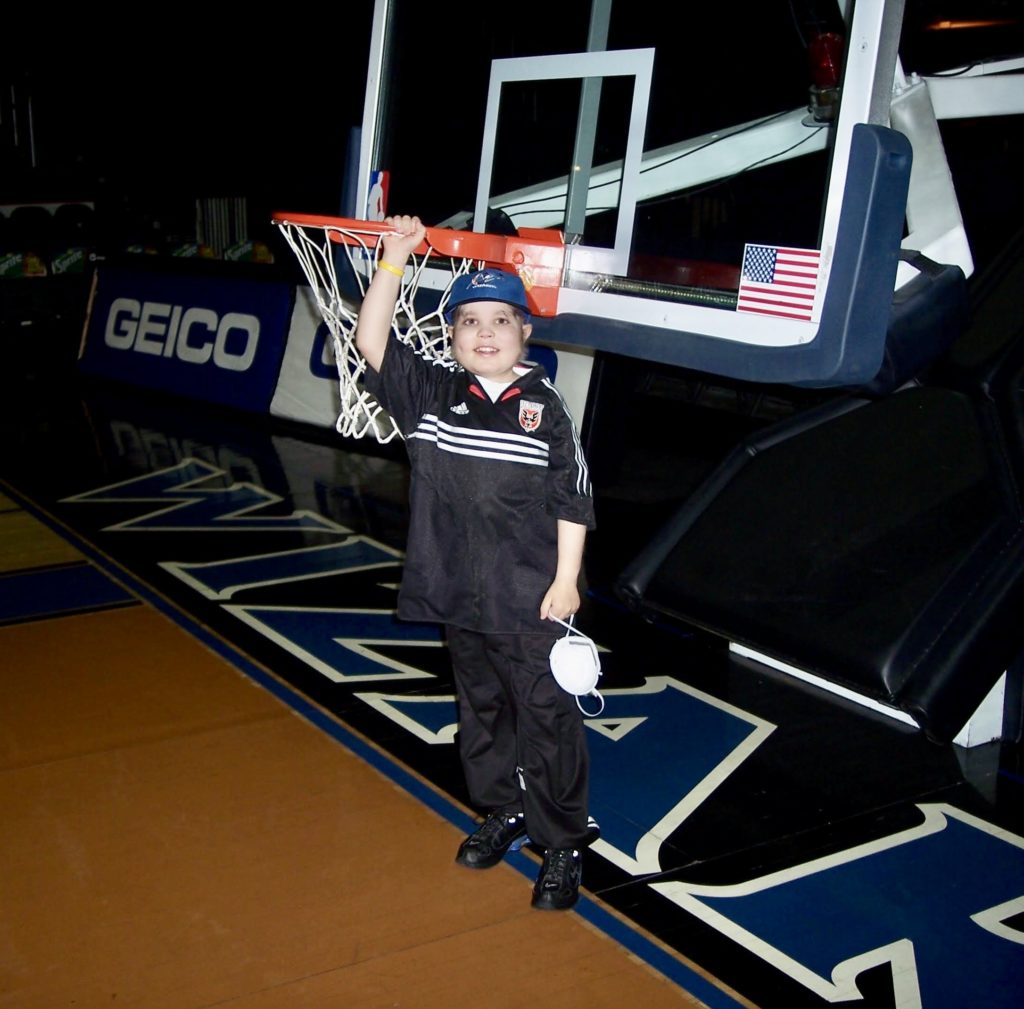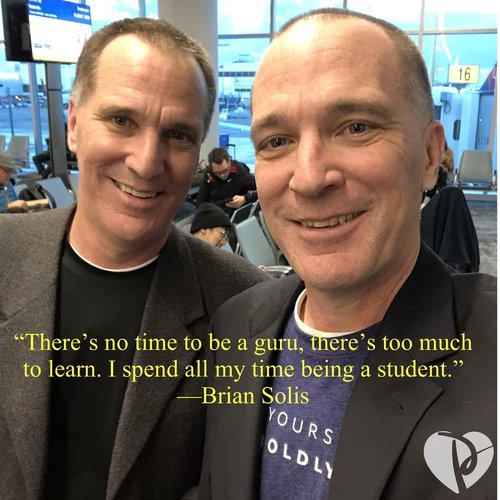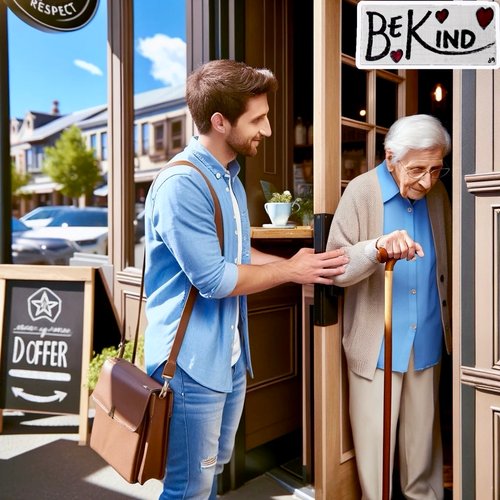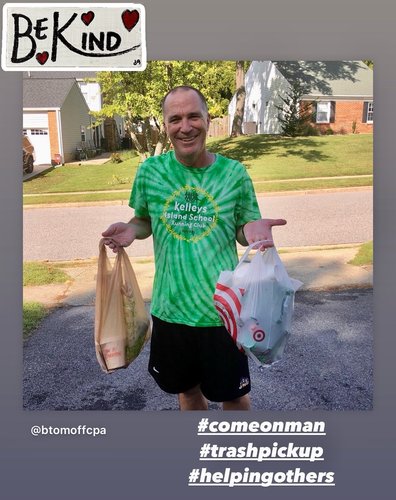In 2016, Terri Tomoff started on her mission to write her memoir of our son Ryan’s battles with childhood cancer. Her determination to write a book that might help and inspire others was a gift of love for Ryan and our family. Yet, the process of writing a book of this magnitude was beyond comprehension, and the effort of “butt in the chair,” as Terri often mentioned, was a difficult initiative to sustain. When Ryan was diagnosed with tongue cancer in 2016 and 2017, a result of his years of radiation and chemotherapy for his three battles with childhood cancer from 1996 through 2005, Dr. Aziza Shad emphatically encouraged Terri, stating, “You must write your book now!“
From 2016 to 2020, Terri wrote sections of the book and contemplated the structure she hoped would guide her process. After the COVID pandemic shut the world down in March 2020, Terri and I would soon make a joint decision that, reflecting back, changed our lives dramatically. Starting on June 8, 2020, we joined a community of practice called Writing In Community (WIC), led by Kristin Hatcher and Seth Godin. This community became the encouragement and support for Terri to lean into completing her memoir. I assisted with recollecting the timeline of the events, read her work, listened to her read her work, and located pictures to ensure memories were accurate. The process was arduous, and her tenacity (often 8 to 10 hours a day) toward her mission was a feat I still marvel at today in 2024. While she wrote Ryan’s memoir, I participated in WIC alongside her and wrote my own personal memoir. We shared in the community platform and grew to love the daily commitment to writing and learning. Almost four years later, as I write this on April 1, 2024, we consider daily writing and reflecting a treasure. We are forever changed through our writing and collaboration with a community of kind, caring, and generous people who desire to lift each other up. A life-changing and enhancing experience set in motion by the pandemic lockdown.
Dr. Shad was Ryan and our family’s guiding force through the years. An entire book could be written about the care and compassion she delivered because she feels so deeply for those children and families under her care. She kept Ryan, our daughter Olivia, Terri, and me standing through the years with her steady, kind, and determined mindset to leave no stone unturned in delivering the best plan of treatment and care humanly possible. When Terri asked if she would write a foreword for the book, she graciously and excitedly said, “YES!” She knew Ryan and was thrilled to participate in Terri’s initiative of helping others through Ryan and our family’s story.
Below is an excerpt of Dr. Shad’s complete foreword. The full book, The Focused Fight: A Childhood Cancer Journey from Mayhem to Miracles, is available on Kindle digital or paperback at Amazon.
Foreword
By Aziza Shad, MD
When Terri first asked me to write the forward for her long-overdue book, The Focused Fight, something I had been encouraging her to do for a while, I was both humbled and honored. Suddenly, I was overwhelmed by a flood of memories of my relationship with the Tomoff family and specifically Ryan, over the years—a relationship that began in 1996 and has only strengthened over more than two decades. The only difference is that in 1996, I was a young assistant professor in the Division of Pediatric Hematology Oncology at Georgetown University Medical Center in D.C. (now Medstar Georgetown University Hospital). I was actively involved in his day-to-day treatment from diagnosis of Acute Lymphoblastic Leukemia, his two relapses,
and getting him to a matched unrelated donor (MUD) bone marrow transplant and beyond. Today I am Chair of Pediatrics and Chief of Pediatric Hematology Oncology at the Children’s Hospital at Sinai in Baltimore, Maryland, where I follow a wonderful, accomplished 26-year-old young man in the Amey Cancer Survivorship Program.
Every year, multiple books are published on patient and family experiences with life-threatening illnesses, especially cancer, but Terri’s memoir is different. It is a vivid recollection of a journey the Tomoff family had to make without their prior consent. They had to learn to navigate their way through frightening times and trying circumstances over and over again through the years, going from one crisis to the other, and yet stay intact for Ryan and as a family. Being in the practice of Pediatric Hematology Oncology for over 30 years, I have seen families break up, divorce,
siblings drop out of school, drug dependence, post-traumatic stress, and the list goes on. I have often wondered how the Tomoff family stayed together, stronger than ever today, a force to be reckoned with. The answer is quite simple. This young family with a four-year-old at home and a two-year-old with leukemia in the hospital, did it by becoming part of Ryan’s medical team. They participated in difficult decisions and trusted the oncologists and nurses who took care of him, and their unwavering faith and the conviction that he was going to get better by never losing hope or focus was it; hence the title! Their mission was simple—Ryan was going to beat his cancer!
Ryan was diagnosed on October 17th, 1996, with Acute Lymphoblastic Leukemia (ALL), Standard Risk with CNS involvement (detected by finding leukemia cells in the cerebrospinal fluid that flows from the brain down the covering of the spinal cord). He was considered Standard Risk based on his age and WBC count and enrolled on a Children’s Cancer Group Study, which meant he would be treated as per a strict set of guidelines and his clinical data. This treatment would be used to answer some really important questions that would enhance our understanding of leukemia better and hopefully improve survival for other children to come years down the road. Twenty-four years ago, we did not have the molecular and genetic diagnostic tools we have today that allow us to classify children into Low, Average, High and Very High Risk categories very early on, nor did we have some of the new agents and therapies such as imatinib, blinatumomab and CAR-T therapy, all of which have contributed to improved survival in ALL today.
I met Ryan and his parents for the first time on Day 3 of his diagnosis and the memory of that first meeting remains etched in my mind even today, 24 years later. A beautiful two-year-old angelic child with fear in his eyes at the sight of yet another stranger in a white coat, a father whose tears kept rolling down his face and a mother who was distraught but kept it together by taking copious, detailed notes, learning the unfamiliar medical jargon by the minute. Little did she know at that time, how long and complicated Ryan’s journey would be and how her notes would become a trusted reference for the different institutions on where he would be treated.
To say that Ryan’s journey through his initial diagnosis in 1996, two relapses in 2000 and 2004 followed by a bone marrow transplant was a difficult one would be an understatement! So many incidents come to mind—the episodes of sepsis and unexpected infections that landed him in the Intensive Care Unit on multiple occasions, the heartbreak mirrored in Bill and Terri’s eyes on hearing Ryan’s leukemia had come back yet again as they held Ryan and Olivia tightly in their arms, and the deep disappointment they experienced when Ryan’s first bone marrow donor backed out. Yet, through it all, this family held it together and plowed on, taking Olivia to her soccer games, making the 26 mile drive to Georgetown University Hospital with the back and forth days on end without a complaint, relocating to Durham, North Carolina (Duke) for months for his bone marrow transplant, all with one focus only—to get Ryan better.
There were good times too over the years. I saw Ryan and the family grow and transition from receiving support from family, friends, community and support groups, to giving support to many, many families grappling with the diagnosis of cancer. Through their involvement with organizations like Special Love, Inc. and parent support groups, they spent many a day giving hope and encouragement to others. They established incredible relationships and bonds with other families and medical providers that have lasted over 20 years. They went from being educated to becoming effective educators, teaching young medical students at the bedside how to communicate with patients and families, participating in the Pediatric department Grand Rounds and sharing the podium with me at the medical school when I gave my annual talk on Cancer Survivors and Late Effects of Cancer treatment.
Ryan graduated from school and enrolled in college. He celebrated his 21st birthday in Las Vegas in 2015, being the adventurer he was fast becoming! He wears the most outrageous colored pants that always make me laugh, collects sports jerseys and caps, learned to drive and became a spokesperson for childhood cancer! Terri pursued her life-long passion for quilting and joined the Southern Comforters Quilt Guild of Bowie, Maryland, inspiring them to jointly donate hundreds of beautiful quilts to pediatric cancer patients and their families in Washington D.C. and Maryland. What started as a gesture of gratitude and a desire to give back is now an international project, with Terri donating quilts to pediatric cancer programs in Africa and Latin America. We traveled together to Ethiopia a couple of years ago through the Aslan Project, where through a mist of tears, I saw her joyfully distributing quilts to the children there. Olivia went from success to success in varsity soccer with her proud family cheering her on and Bill thrived in his work. At last, all was well with the Tomoffs!
In April 2016, cancer struck again, not once but twice, turning Ryan’s world upside down! This time it was a squamous cell carcinoma of the tongue that started off as a canker sore! This cancer, that occurred years after a successful bone marrow transplant that had rendered Ryan disease-free, was a late effect of all the treatment he had received repeatedly for his leukemia since he was two years old, including chemotherapy, cranio-spinal radiation and TBI (total body irradiation) for his bone marrow transplant. It was a devastating diagnosis that resulted in Ryan needing multiple surgeries and effectively learning to speak and eat again. I went to visit Ryan at the University of Maryland where he had the surgery and instead of seeing a defeated soul, I saw a courageous fighter who was determined to put this curve ball behind him.
Lo and behold, it is now more than three years since Ryan had his tongue cancers. His speech is great, he works, is a connoisseur of gourmet food and a sports enthusiast, plus spends his spare time volunteering for childhood cancer organizations. The latter has won him much-deserved recognition and awards from Special Love, Inc. and the Aslan Project!
I continue to see Ryan regularly in the Amey Cancer Survivorship Program at the Children’s Hospital at Sinai in Baltimore. Here he is monitored for multiple late effects of treatment in concert with other subspecialists in Endocrinology, Cardiology, Oral Surgery and Dentistry, Ophthalmology and Dermatology. He is always accompanied by one of his wonderful parents, generally Terri, who still carries her notebook and Ryan’s updated medical records and information that we go over in each appointment. Just this month, I saw him and received the ultimate gift from him—homemade smoked cheese! Ryan is well on his way to becoming an entrepreneur and I look forward to the day I can say I know the Ryan of “Ryan’s Smoked Cheeses!”
In closing, often I am asked why I chose Pediatric Hematology Oncology as a profession, one which is regarded by many as sad and hopeless! All I need to do is look at Ryan, who together with his family conquered the impossible and today focuses only on the future, bringing a message of hope, courage and resilience to so many along the way. The incredible bond of friendship and trust I established with the Tomoffs that first evening at Georgetown 24 years ago has only grown stronger. We have laughed and cried together, rejoiced at successes and grieved for losses. I thank Ryan, Olivia, Terri and Bill for including me in their ever-expanding family and wish them all the happiness in the world!
Aziza Shad, MD
Ellen W.P. Wasserman Chair of Pediatrics
Chief, Pediatric Hematology/Oncology
The Herman & Walter Samuelson Children’s Hospital at Sinai
Professor of Pediatrics & Oncology
Georgetown University School of Medicine

